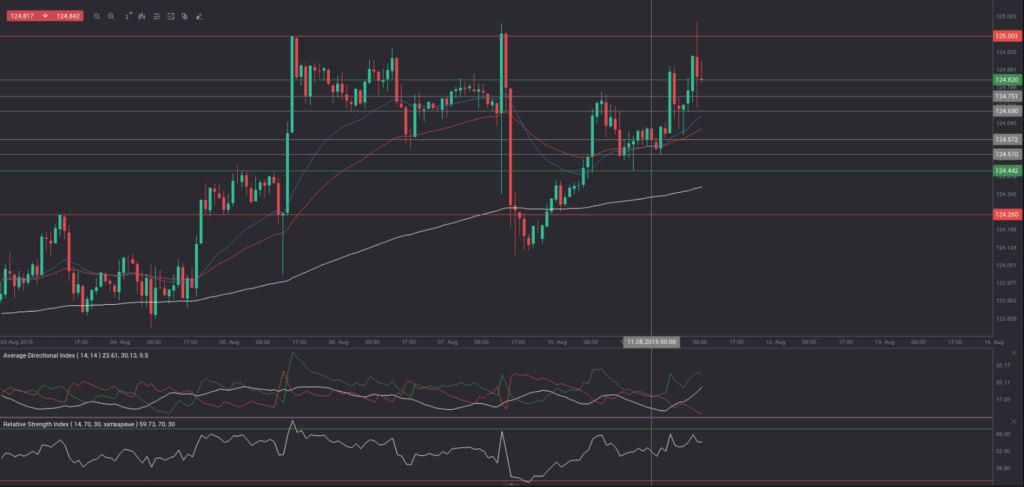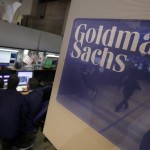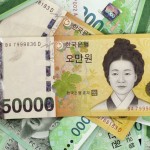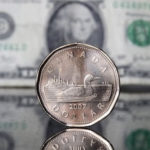Yesterday’s trade saw USD/JPY within the range of 124.12-124.80. The pair closed at 124.63, adding 0.23% on a daily basis and following two consecutive trading days of losses.
At 7:55 GMT today USD/JPY was up 0.14% for the day to trade at 124.80. The pair touched a daily high at 125.07 at 7:05 GMT, overshooting the upper range breakout level (R4) and testing the August 7th high at 125.08.
United States
Fed Vice Chair Fischer’s remarks
The US dollar was quite dynamic in late European trade on Monday, following the remarks made by Federal Reserve Vice Chair Stanley Fischer.
“We are in a situation with … nearly full employment but very low inflation”, Fischer noted in an interview for Bloomberg TV. “A large part of the current inflation is temporary. It has to do with the decline in the price of oil; it has to do with the decline in the price of raw materials,” he said.
According to Fischer, Fed policy makers “would be happier if we saw more physical investment than financial investment” in times of accommodative monetary policy.
Japan
BoJ Policy Meeting Minutes
At 23:50 GMT Bank of Japan will release the minutes from its meeting on policy, held on August 7th. The minutes offer detailed insights on central bank’s monetary policy stance. This release is closely examined by traders, as it may provide clues over interest rate decisions in the future. Moderate-to-high volatility is usually present after the publication. In case the minutes show a hawkish outlook, this will usually support the yen, while a dovish outlook will usually have a bearish effect on the national currency.
At its most recent meeting Bank of Japan kept its pledge to expand the monetary base at about JPY 80 trillion annually. The banks Policy Board decided by an 8-1 vote to buy exchange-traded funds (ETFs) and Japan real estate investment trusts (J-REITs), in order to boost their amounts outstanding by about JPY 3 trillion yen and by about JPY 90 billion per year respectively.
According to extracts from Bank of Japans Policy Statement: “With regard to the outlook, Japans economy is expected to continue recovering moderately. The year-on-year rate of increase in the CPI is likely to be about 0 percent for the time being, due to the effects of the decline in energy prices.”
“Risks to the outlook include developments in the emerging and commodity-exporting economies, the prospects regarding the debt problem and the risk of low inflation rates being protracted in Europe, and the pace of recovery in the U.S. economy.”
“Quantitative and qualitative monetary easing (QQE) has been exerting its intended effects, and the Bank will continue with the QQE, aiming to achieve the price stability target of 2 percent, as long as it is necessary for maintaining that target in a stable manner. It will examine both upside and downside risks to economic activity and prices, and make adjustments as appropriate.”
Bond Yield Spread
The yield on Japanese 2-year government bonds went as high as 0.014% on August 10th, or the highest level since August 6th (0.014%), after which it slid to 0.009% at the close to lose 0.001 percentage point on a daily basis, while marking a third consecutive trading day of decline.
The yield on US 2-year government bonds climbed as high as 0.741% on August 10th, after which it fell to 0.729% at the close to gain 0.008 percentage point for the day.
The spread between 2-year US and 2-year Japanese bond yields, which reflects the flow of funds in a short term, widened to 0.720% on August 10th from 0.711% on August 7th. The August 10th spread has been the most notable one since August 5th, when the difference was 0.720%.
Meanwhile, the yield on Japans 10-year government bonds soared as high as 0.420% on August 10th, after which it closed at the same level to lose 0.001 percentage point compared to August 7th, while marking a second straight trading day of decrease.
The yield on US 10-year government bonds climbed as high as 2.243% on August 10th, after which it slipped to 2.232% at the close to add 6.6 basis points (0.066 percentage point) on a daily basis, while marking the first gain in the past three trading days.
The spread between 10-year US and 10-year Japanese bond yields widened to 1.812% on August 10th from 1.745% on August 7th. The August 10th yield difference has been the largest one since August 5th, when the spread was 1.872%.
Daily and Weekly Pivot Levels
By employing the Camarilla calculation method, the daily pivot levels for USD/JPY are presented as follows:
R1 – 124.69
R2 – 124.75
R3 (range resistance – green on the 1-hour chart) – 124.82
R4 (range breakout – red on the 1-hour chart) – 125.00
S1 – 124.57
S2 – 124.51
S3 (range support – green on the 1-hour chart) – 124.44
S4 (range breakout – red on the 1-hour chart) – 124.26
By using the traditional method of calculation, the weekly pivot levels for USD/JPY are presented as follows:
Central Pivot Point – 124.36
R1 – 124.94
R2 – 125.67
R3 – 126.25
S1 – 123.63
S2 – 123.05
S3 – 122.32






